Vivo V60 review: Outstanding battery life and a solid camera experience
Five months later, Vivo proves quick upgrades don’t have to be pointless.

The Vivo V60 arrives just five months after the V50, which makes this upgrade cycle unusually fast. But even with such a short gap, Vivo has found room for meaningful improvements. This generation brings a brand-new telephoto camera, a bigger 6,500 mAh battery, and a bump to Qualcomm’s Snapdragon 7 Gen 4 chip.
We do not yet know what the official price of the V60 will be in the EU and the UK, but we expect something in the range of €300-€400 and £300-£400 depending on the configuration.
The Vivo V60 earns a PhoneArena Rating of 6.5 out of 10, slightly above the class average of 6.1. Its strongest asset is battery life, with the huge 6,500 mAh cell delivering top-tier endurance, which pairs perfectly with the fast 90W charging. On the other hand, the lack of wireless charging drags the score down. A surprising boost comes from the video quality, which is a whole point higher than the average for this class. Performance is smooth for daily use and quite higher than the average for heavy tasks, but the software clutter holds the V60 back as far as user experience goes.
Vivo V60 Specs
An absolute mid-range beast
Let's start with an overview of the Vivo V60 specs:
| Vivo V60 | Galaxy A36 |
|---|---|
| Size and Weight 163.5 x 77 x 7.5 mm or 7.8 mm, 192 g | Size and Weight 162.9 x 78.2 x 7.4 mm, 195 g |
| Display 6.77", AMOLED, 120Hz, 1080 x 2392 pixels | Display 6.7", AMOLED, 120Hz, 1080 x 2340 pixels |
| Processor Snapdragon 7 Gen 4 (4 nm) | Processor Snapdragon 6 Gen 3 (4 nm) |
| Software Android 15, Funtouch 15, up to 4 major Android upgrades | Software Android 15, One UI 7, up to 6 major Android upgrades |
| Cameras 50 MP main 50 MP 3x telephoto 8 MP ultrawide | Cameras 50 MP main 8 MP ultrawide 5 MP macro |
| Battery Size 6500 mAh | Battery Size 5000 mAh |
| Charging Speeds 90W wired No wireless Reverse wired | Charging Speeds 45W wired No wireless No reverse |
| Prices Still unknown | Prices Starts at €339 (128/6GB) / £399 (256/8GB) |
The Vivo V60 looks nearly identical to the V50 at first glance. You still get a huge 6.77-inch AMOLED screen with slim, symmetrical bezels, paired with a curved-edge design that feels great in the hand (even if it is a bit too large for one-handed use).
Build quality is solid, though Vivo still uses a plastic frame that reminds you this isn’t a flagship. Depending on the model you choose, you’ll get either a glass or composite back.
The V60 is also rated IP68 and IP69, which means it can handle dust, full submersion in water, and even high-pressure sprays, which is a rare certification combo in this price class.
We have the Berry Purple here at the office, which comes with a matte finish that resists fingerprints. Other colors include a more neutral gray option, a Summer Blue that shifts from blue to pinkish-yellow as light hits it, as well as a Moonlit Blue, Ocean Blue and Auspicious Gold hues.
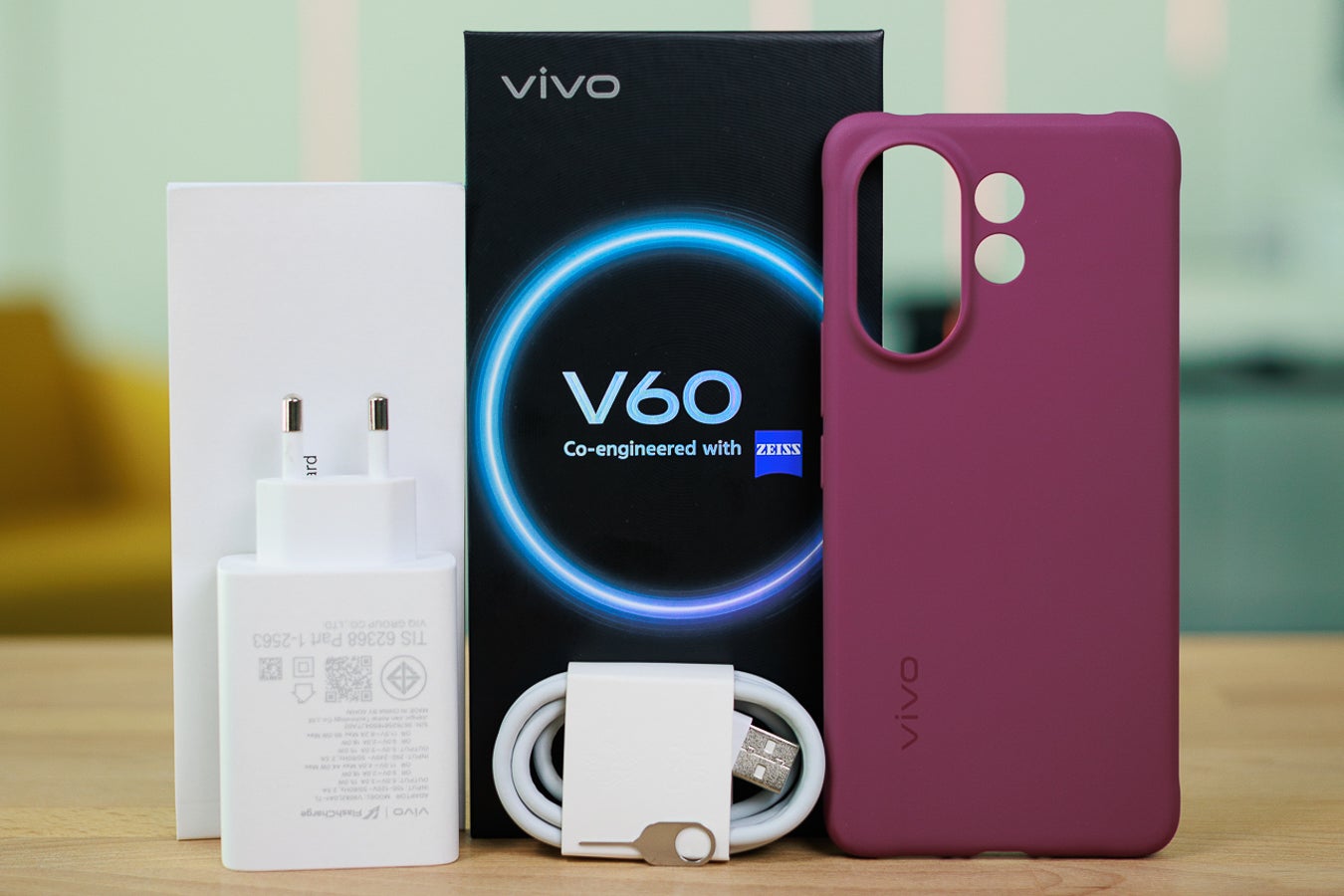
A case, 90W charger, and cable all come in the V60 box, giving more than most competitors these days. | Image credit — PhoneArena
Vivo actually includes more than many competitors. Inside the box you’ll find a rather decent silicone case that matches the phone’s color, a 90W charging brick, and a USB-A to USB-C cable. That’s more generous than what Samsung or Google give you, and even OnePlus lately.
The 6.77-inch AMOLED panel sticks to a Full HD+ resolution (2392 × 1080), with HDR10+ support for streaming and a peak brightness of around 1,500 nits — plenty for outdoor use. Colors can be tuned between standard, vivid, and professional modes, and refresh rate hits 120Hz for smooth scrolling.
In our lab, the Vivo V60’s AMOLED panel reached 1,425 nits of brightness on our 20% APL test and 1,515 nits at full screen, which is excellent for outdoor use. The 20% APL is the more realistic measurement here, though, as that is generally the amount of white you will have on your display throughout most use cases, so keep that in mind. Color accuracy is strong on the V60, with a Delta E of 1.44 in RGB/CMY (excellent) and 2.34 in grayscale (good). The only slight drawback is gamma being a bit higher than ideal, but overall this is a well-calibrated display for the price.
An optical under-display fingerprint scanner handles most unlocking duties, though it sits a bit low on the screen, which makes it awkward to reach with your thumb and quickly gets annoying. It works reliably, albeit a bit slow. You also have face unlock as a secondary option, though it is not as secure and cannot be used foor contactless payments.
Vivo V60 Camera
Zeiss branding with a new telephoto
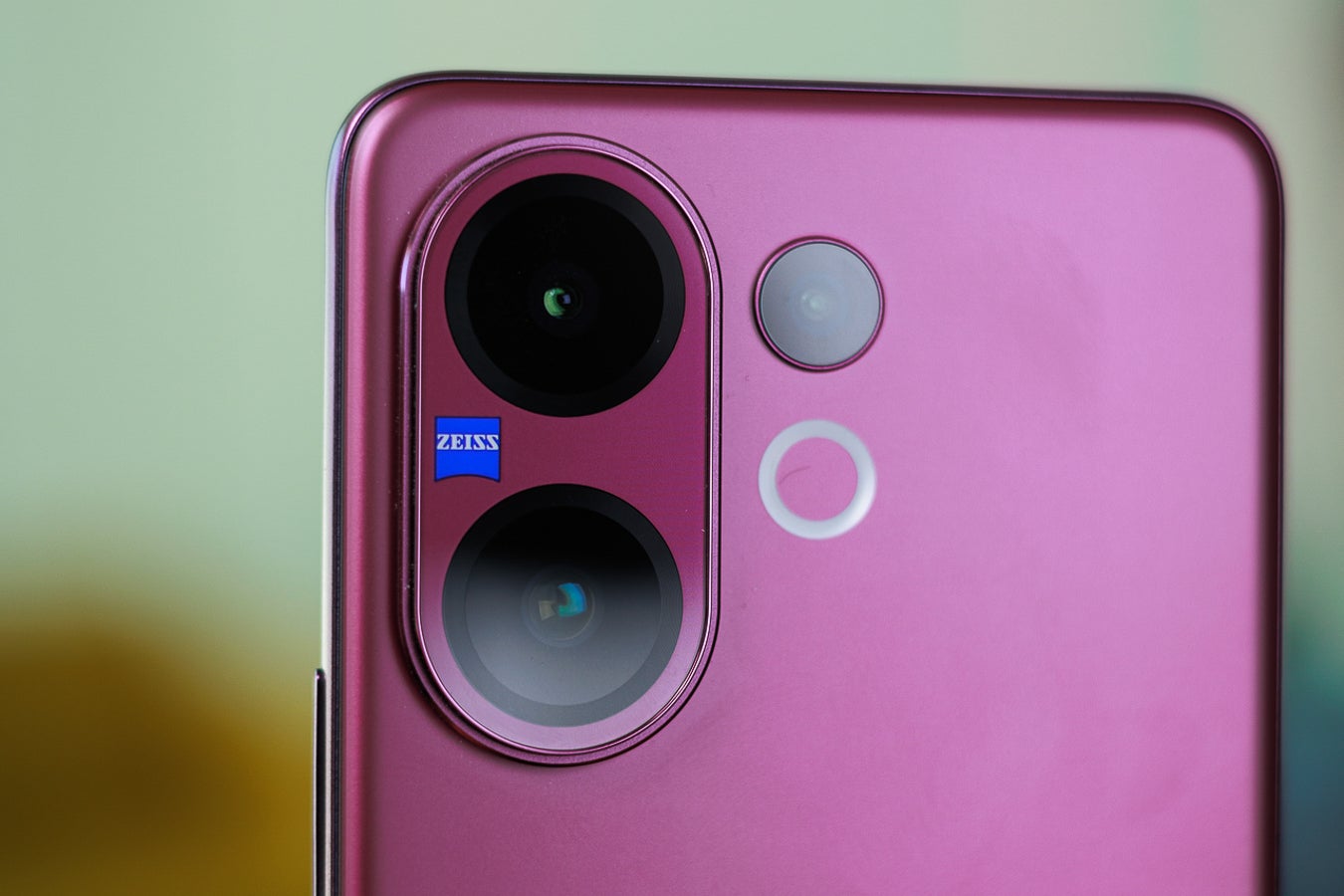
Vivo V60 delivers sharp photos and solid video quality. | Image credit — PhoneArena
On our Camera Score, the V60 achieved an overall 132 points, putting it squarely in mid-range territory. The main 50 MP shooter scored well at 75, while the new telephoto lens proved useful but limited, with a zoom score of 20. The weak point is the 8 MP ultra-wide (17 points), which drags down the overall score of the system. For video, the V60 scored 132 overall, with respectable quality from the main camera (71 points) but modest results from zoom and ultra-wide.
Vivo continues its partnership with Zeiss, and the V60 makes a significant shift in camera hardware compared to the V50.
- Main camera: 50 MP Sony IMX766 sensor. This is a step-up in reliability from the Omnivision chip used before, capturing detailed shots with good dynamic range.
- Telephoto camera: 50 MP Sony IMX882. This is the big new addition. It supports up to 100× hybrid zoom, though realistically it’s best at shorter ranges and excels for portraits.
- Ultra-wide camera: 8 MP sensor, a downgrade from the 50 MP image sensor on the V50. It’s still serviceable in good light but struggles with detail and low-light performance.
I particularly enjoyed using the Zeiss Natural filter, which made colors and lighting look true to life across all three cameras at the back.
Overall, the V60 delivers one of the more capable camera systems in the mid-range segment, especially thanks to that new telephoto.
The conditions we took these photo samples in weren't the most challenging when it comes to HDR performance, but they were in terms of light quantity. The Vivo V60's triple camera system held up well. The main gripe I have is that the ultrawide is on the soft side, but it is still more than usable. The main and telephoto cameras offer plenty of detail, and I was a bit surprised by how consistent the colros are between all three cameras — props to Vivo (or maybe Zeiss?) for that!
Video Quality

The 3x telephoto holds up decently in terms of detail and color, but once you start moving, the quality slips. Despite having OIS (which I get wrong in the video), the Vivo V60’s telephoto stabilization just doesn’t cut it, leaving zoomed-in footage shaky enough to be usable.
Vivo V60 Performance & Benchmarks
Snapdragon 7 Gen 4 gives it a modest boost
The jump from Snapdragon 7 Gen 3 to Snapdragon 7 Gen 4 brings modest but welcome improvements over the previous model. Everyday performance is smooth, and multitasking feels fluid. The Adreno 722 GPU can handle most games well, though graphically demanding titles show drops in frame rate at max settings.
The V60 did heat up a bit during more prolonged gaming sessions, but not to uncomfortable levels. Vivo’s gaming mode adds handy tools like refresh-rate control, call blocking, and even an “Esports mode” that pushes performance while muting distractions.
Storage options remain the same as the V50: 128 GB, 256 GB, or 512 GB. There’s no microSD card slot for expanding the storage, and at least in the review unit we tested, no eSIM support. You do get dual SIM slots, though.
CPU Performance Benchmarks:
Benchmarks show the Snapdragon 7 Gen 4 to be noticeably dominant. In Geekbench 6, the V60 scored 1247 (single-core) and 3539 (multi-core), ahead of one of its main rivals, the Galaxy A36 5G.
GPU Performance:
GPU tests also impressed us, with 3DMark Extreme (High) at 1819 and (Low) at 1436, nearly double the scores of Samsung’s mid-ranger.
Vivo V60 Software
The V60 launches with Android 15 and Vivo’s FunTouch OS 15. It’s feature-rich but still cluttered, with a heavy dose of pre-installed apps you’ll likely want to uninstall.
Customization options are plentiful, from themes to color modes, to even customizing small animations across the UI. Of course, you get Google Discover integration, as well as other Google services such as Circle to Search.
FunTouch isn’t the cleanest UI around, but it’s quite manageable once you trim it down and dial things to your liking.
Vivo V60 Battery
6,500 mAh is a monster
The 6,500 mAh battery delivers outstanding results! In our tests, the V60 lasted 23h 55m in web browsing, 10h 39m of video playback, and an excellent 14h 7m of gaming. The overall estimated battery life we gave it is 9h 2m, ranking the V60 #7 among phones we’ve tested in the past two years, which places it well above the mid-range average.
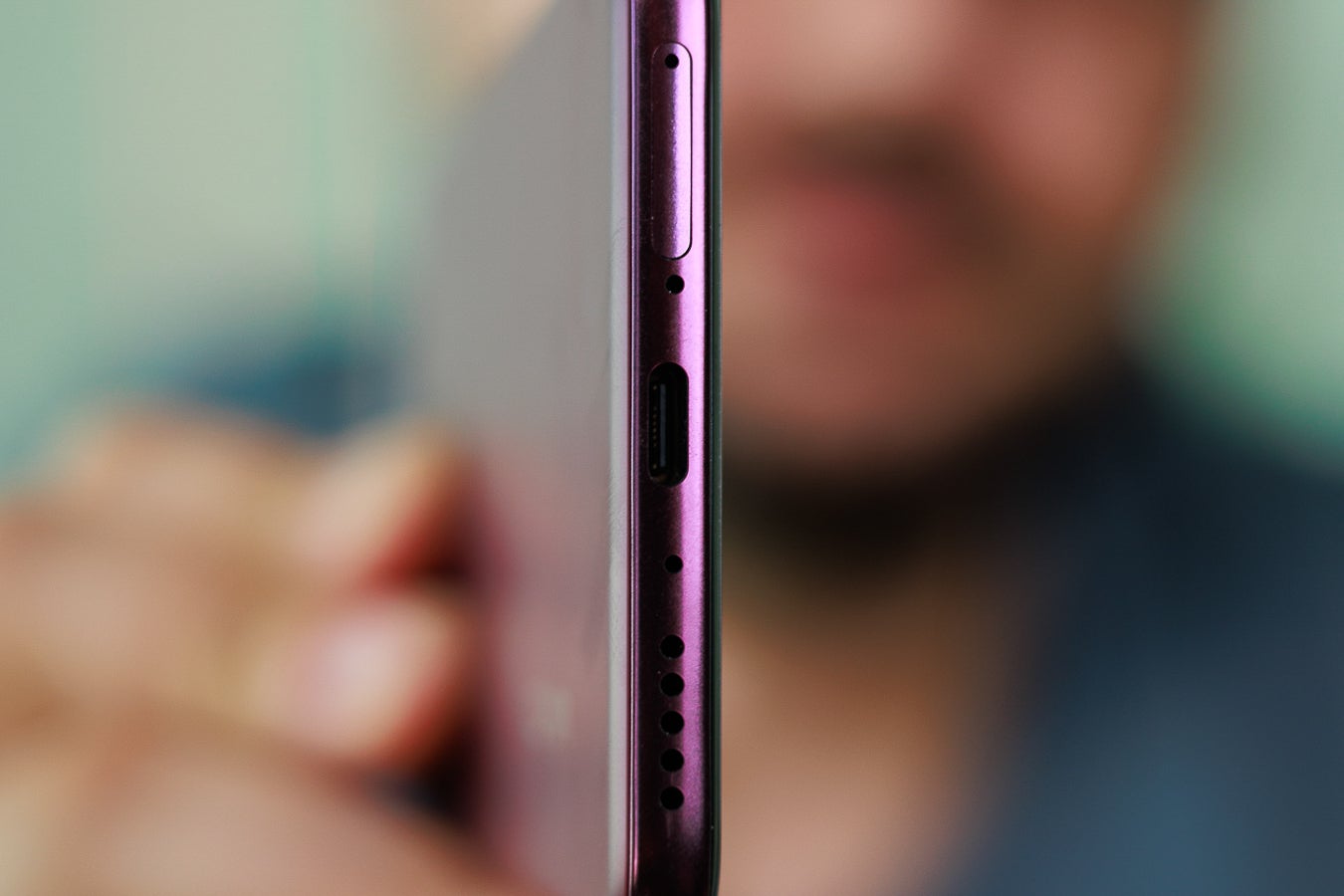
90W charging powers the Vivo V60 to 100% in 1h 2m, faster than rivals but missing wireless support. | Image credit — PhoneArena
PhoneArena Battery Test Results:
The charging experience is just as solid, with super-fast speeds that quickly juice up the large battery. With the bundled 90W charger, the V60 hits 50% in 30 minutes and a full charge in 1h 2m. That’s slightly slower than the smaller-cell V50, but still far quicker than most Samsung or Google phones. That said, there’s no wireless charging support.
Vivo V60 Audio Quality and Haptics
Stereo speakers provide strong output, easily filling a room and holding up well for Netflix or YouTube. The bottom speaker is more powerful than the earpiece, and distortion can creep in at max volume, but overall quality is solid for the class.
There’s no 3.5mm headphone jack, though Vivo includes software enhancements like audio tuning and “Super Resolution” for low-bitrate tracks.
Haptics are on the softer sid, meaning they are not as crisp or sharp as you’d find on premium devices, but usable.
Should you buy it?
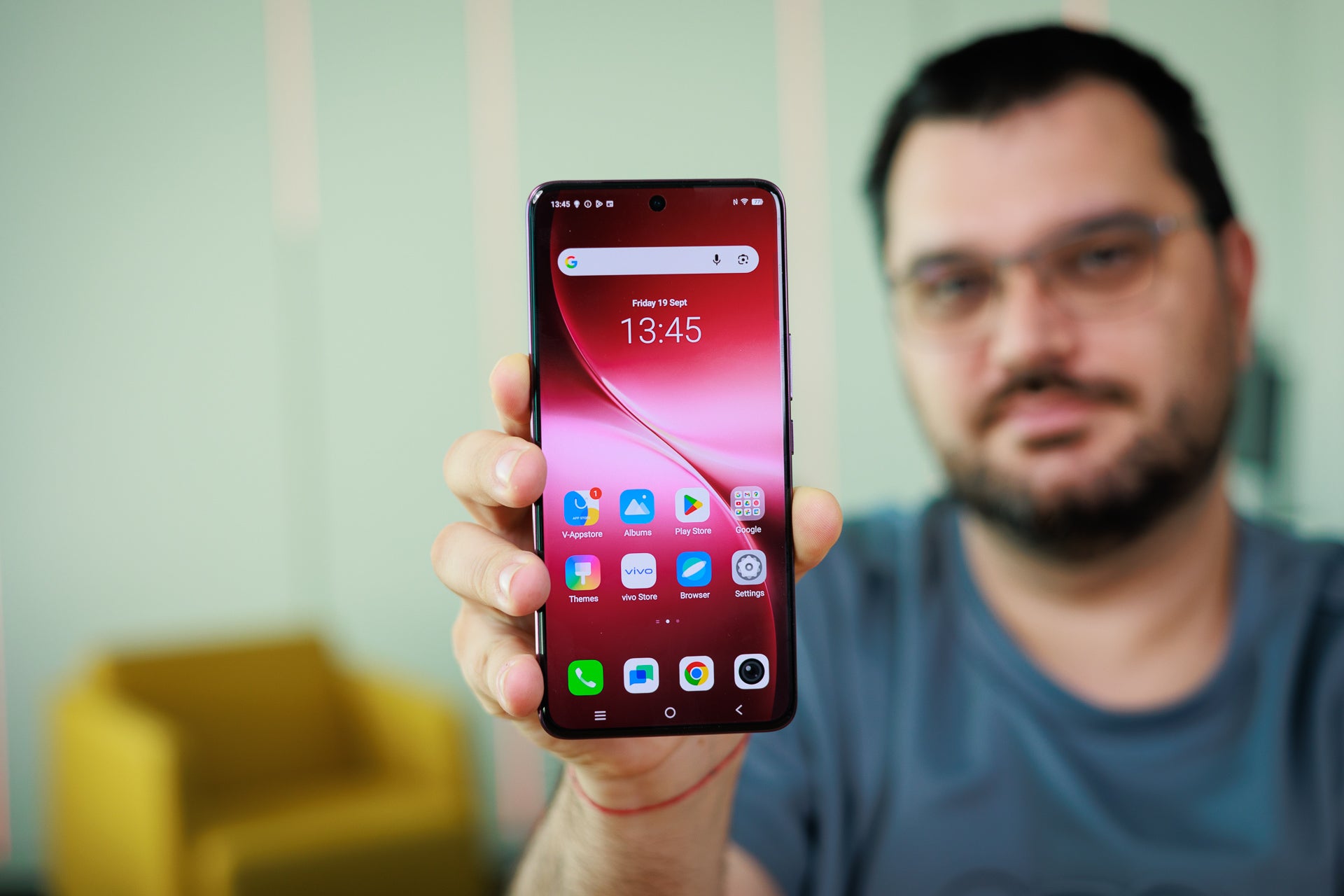
Vivo V60 adds bigger battery, telephoto camera, and faster chip, shaping up as a standout mid-range option. | Image credit — PhoneArena
Its main drawbacks will feel familiar if you have experience with the series: FunTouch software clutter, no wireless charging, and limited U.S. availability. The lack of wireless charging also stings if you rely on that feature a lot.
For many, though, the combination of such outstanding battery life, a solid camera system, and bright AMOLED display will outweigh the compromises. Alternatives like the Galaxy A36 bring their own perks like longer software support and a better UI, but if you can get your hands on the Vivo V60, it’s a compelling package in a crowded mid-range market.
Follow us on Google News
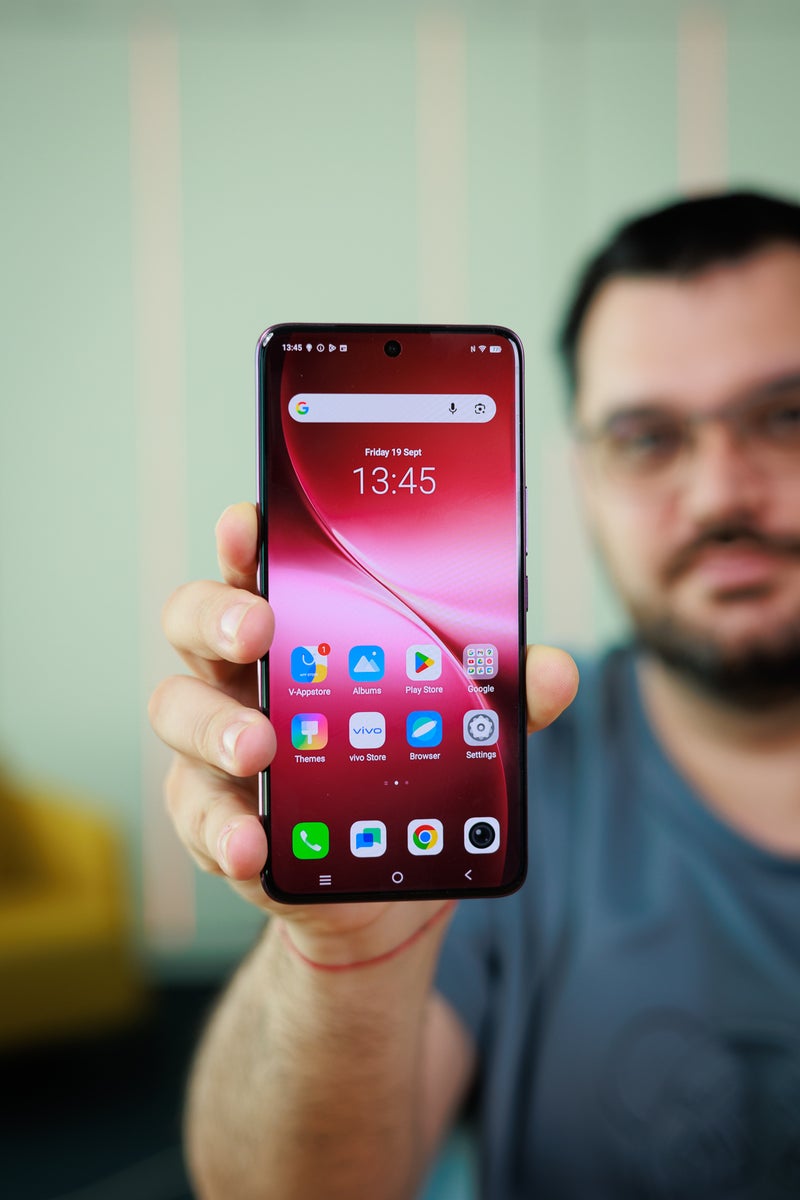
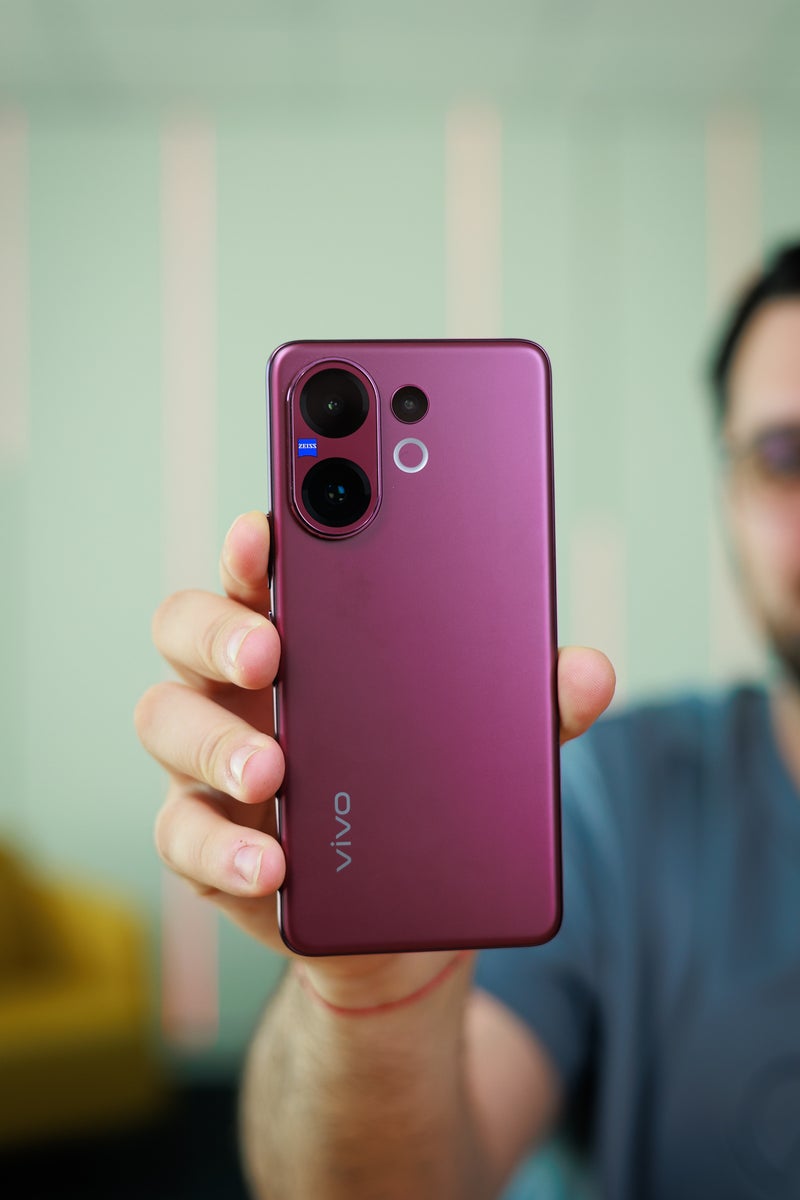
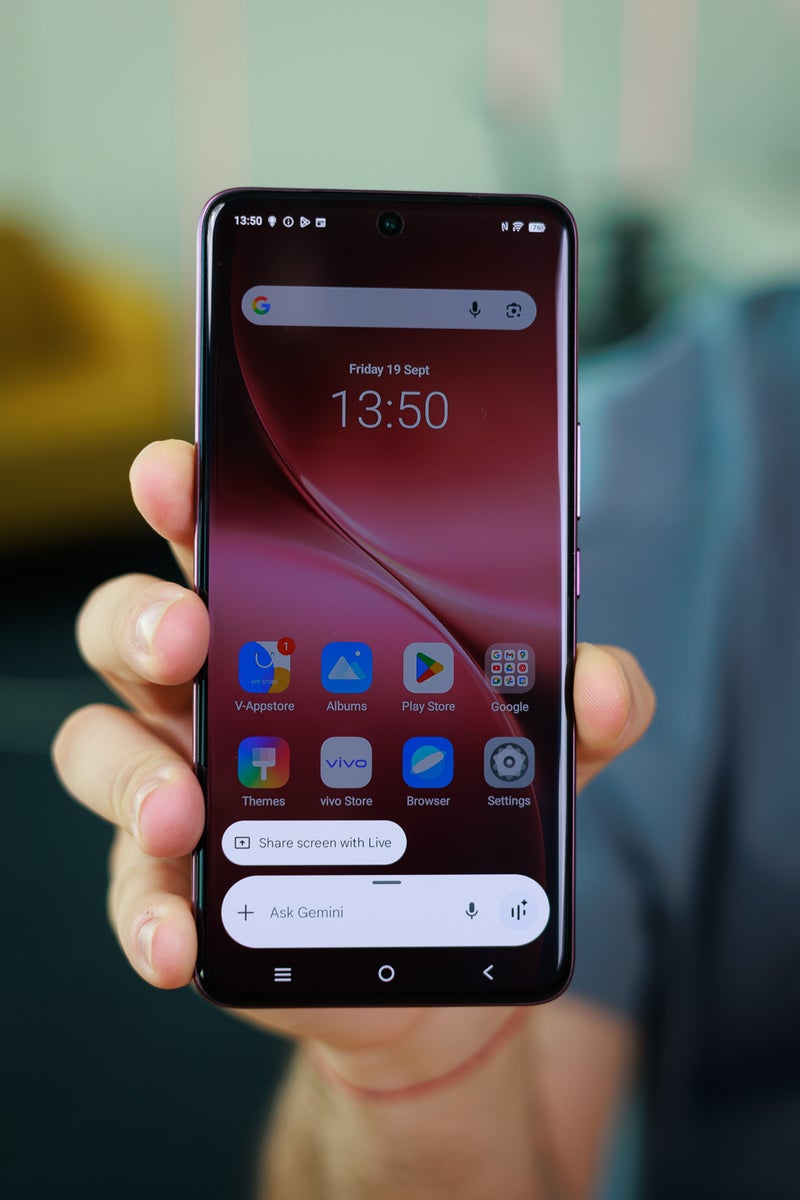
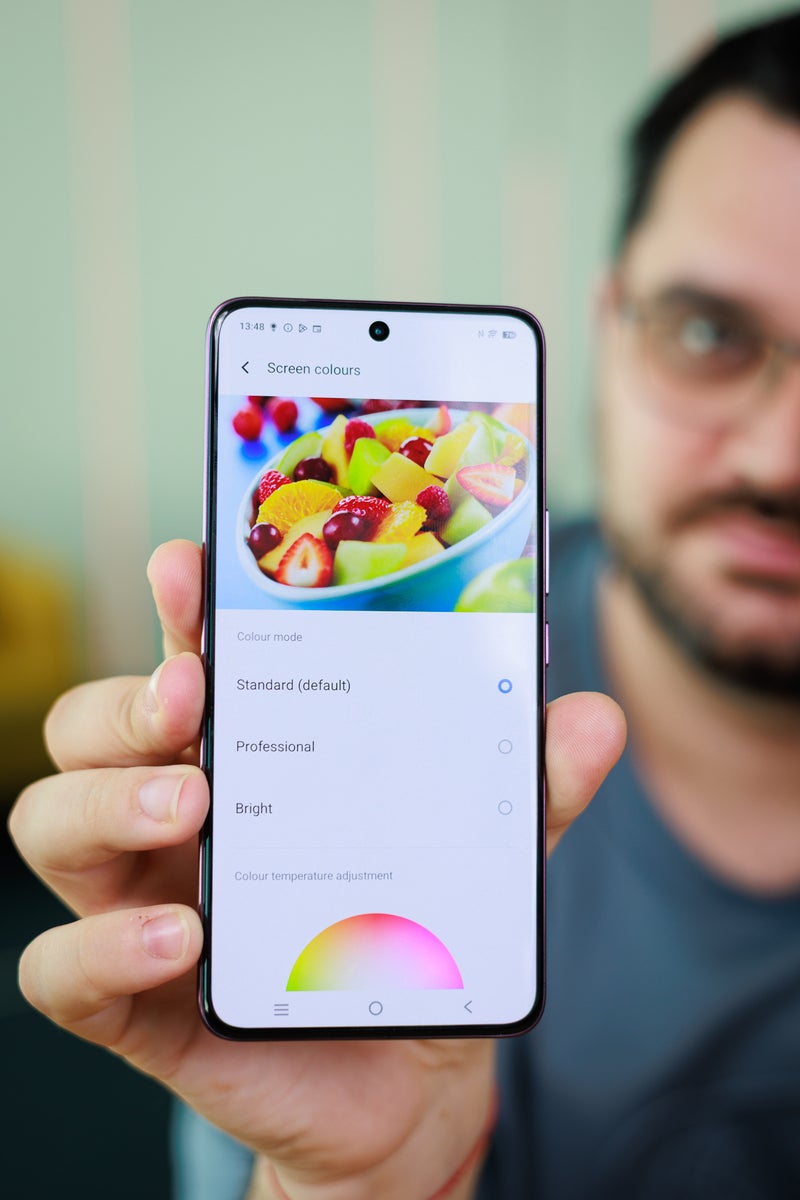
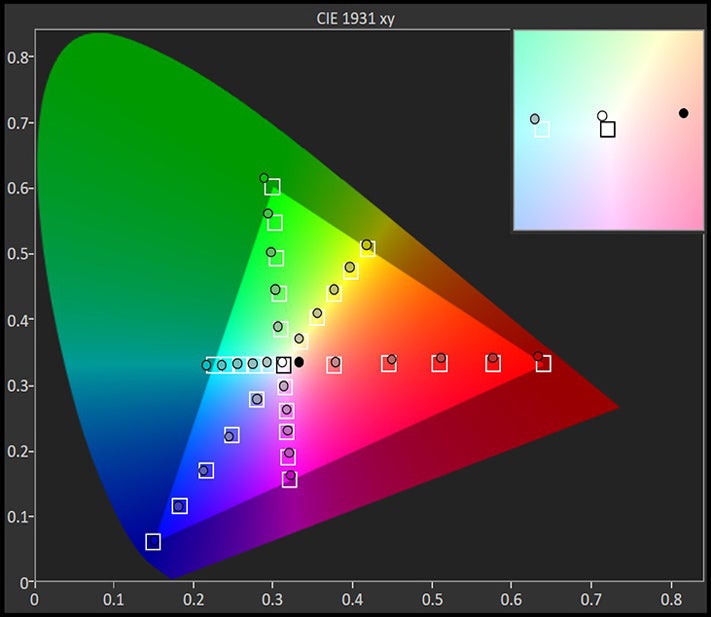





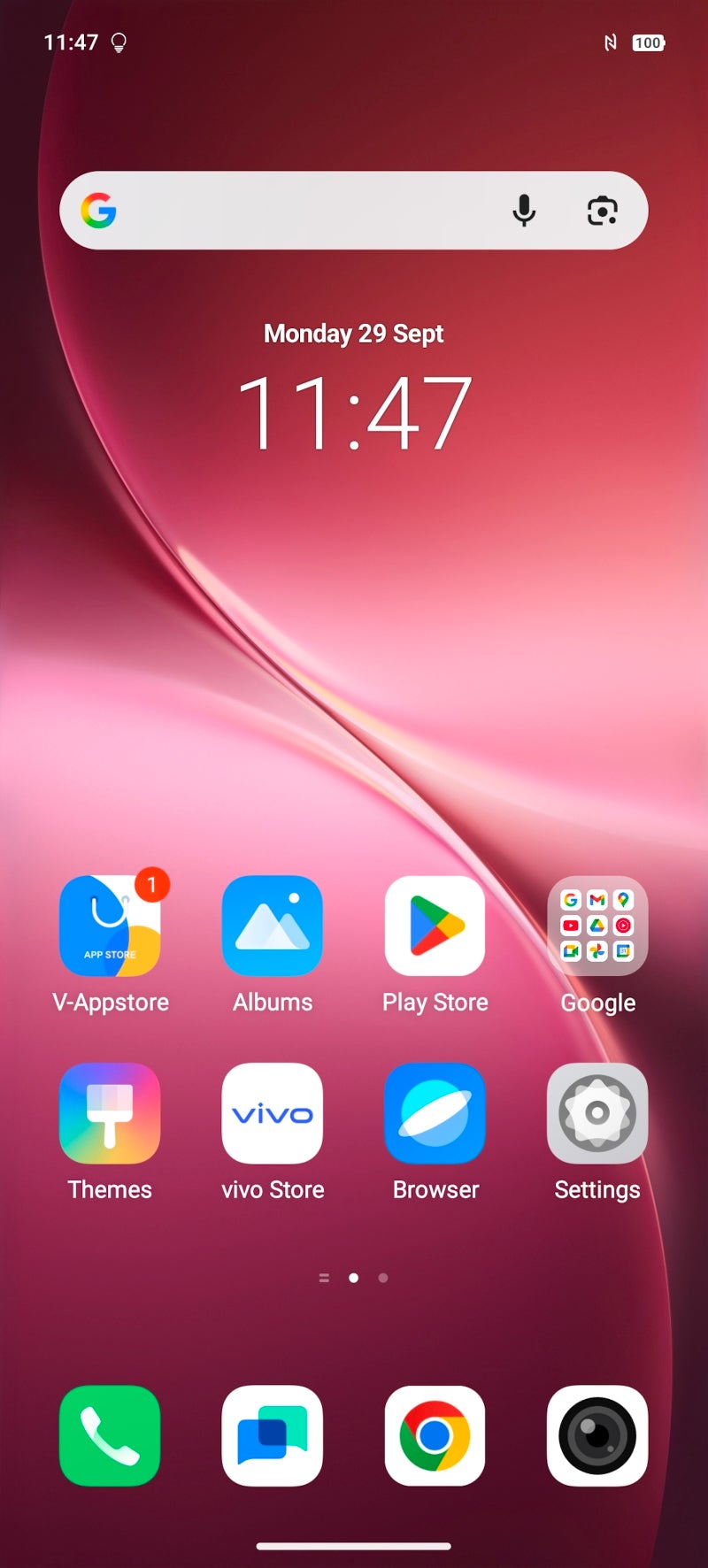
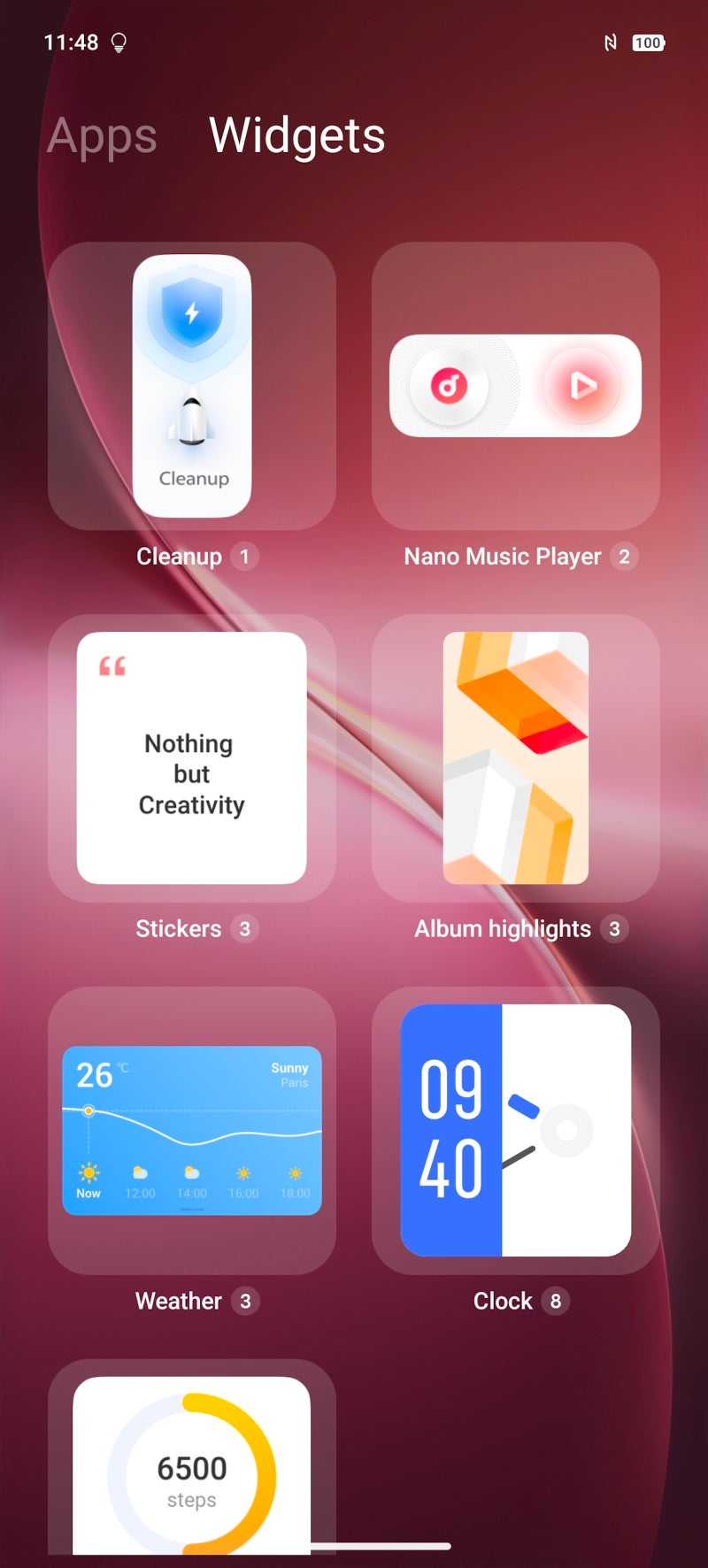
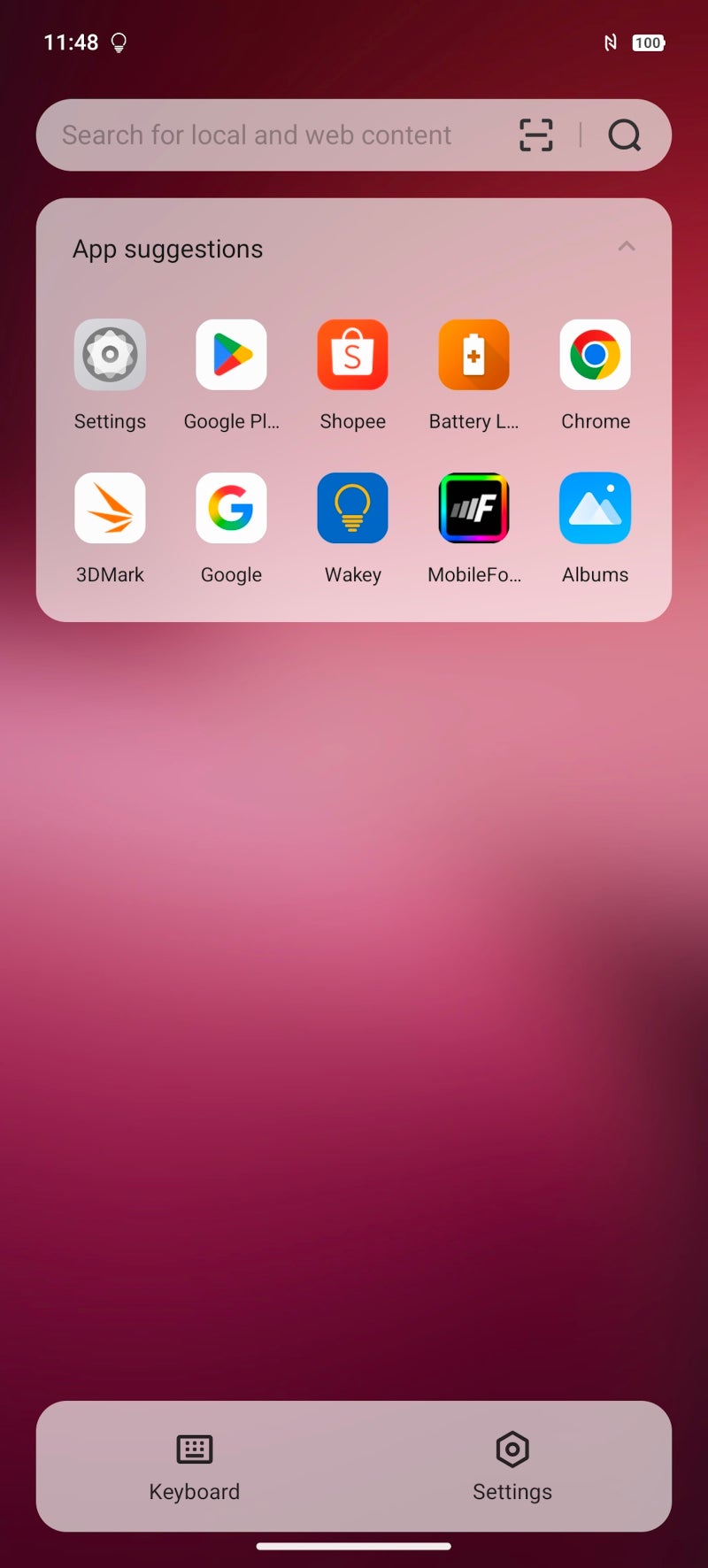
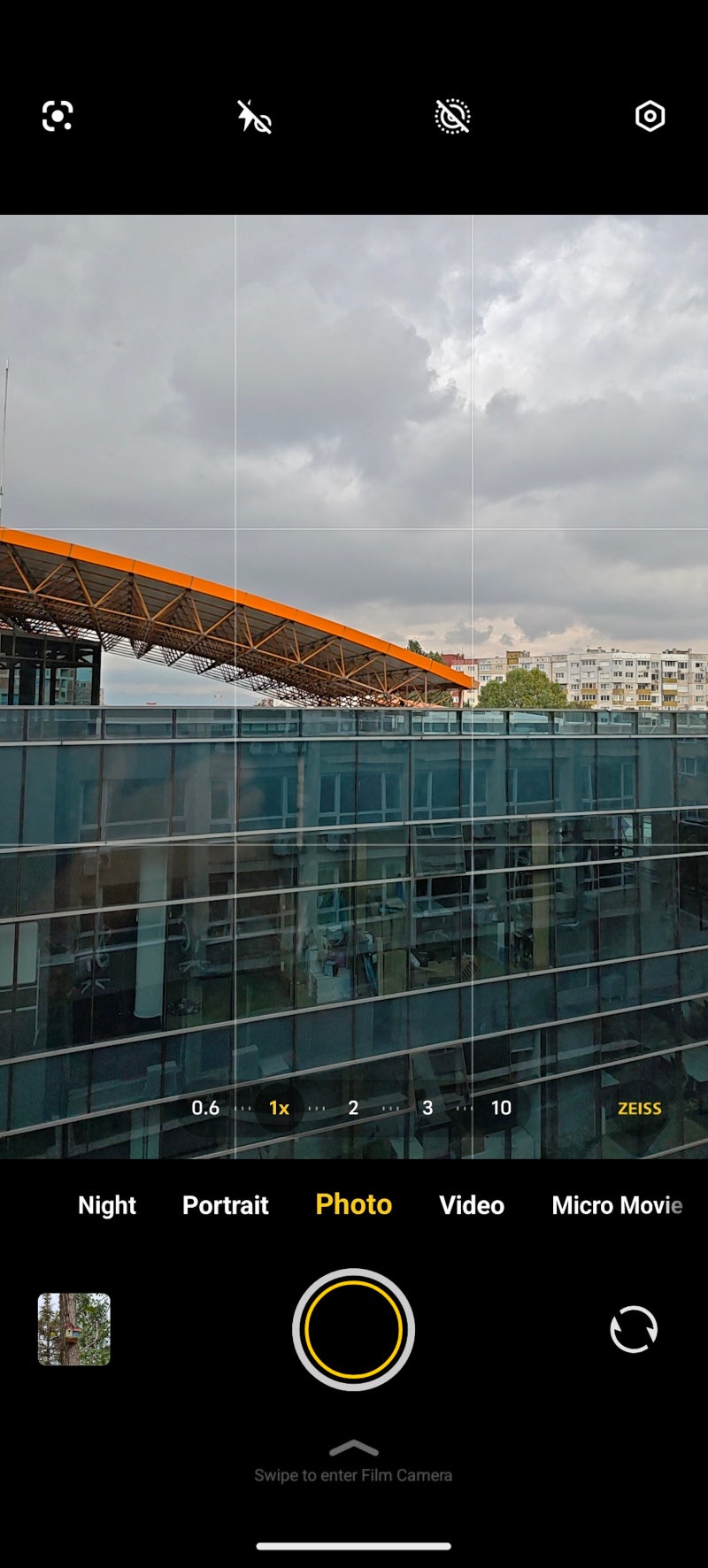
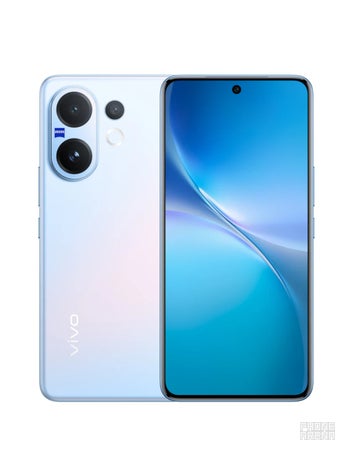


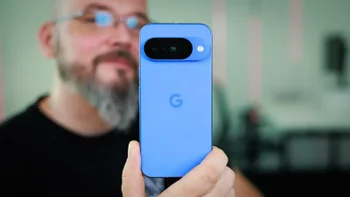
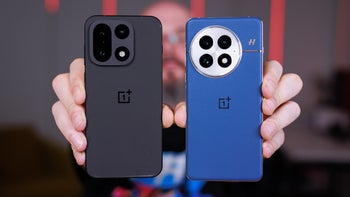
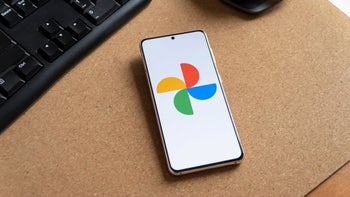



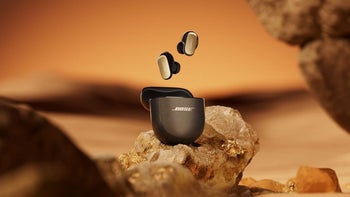
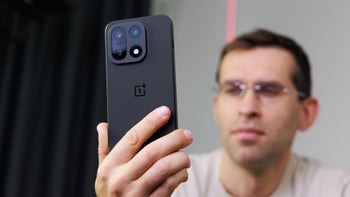
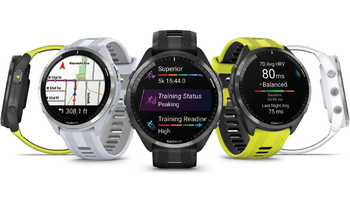
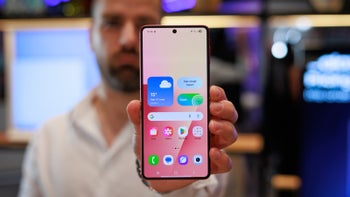
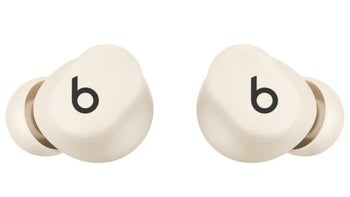
Things that are NOT allowed:
To help keep our community safe and free from spam, we apply temporary limits to newly created accounts: